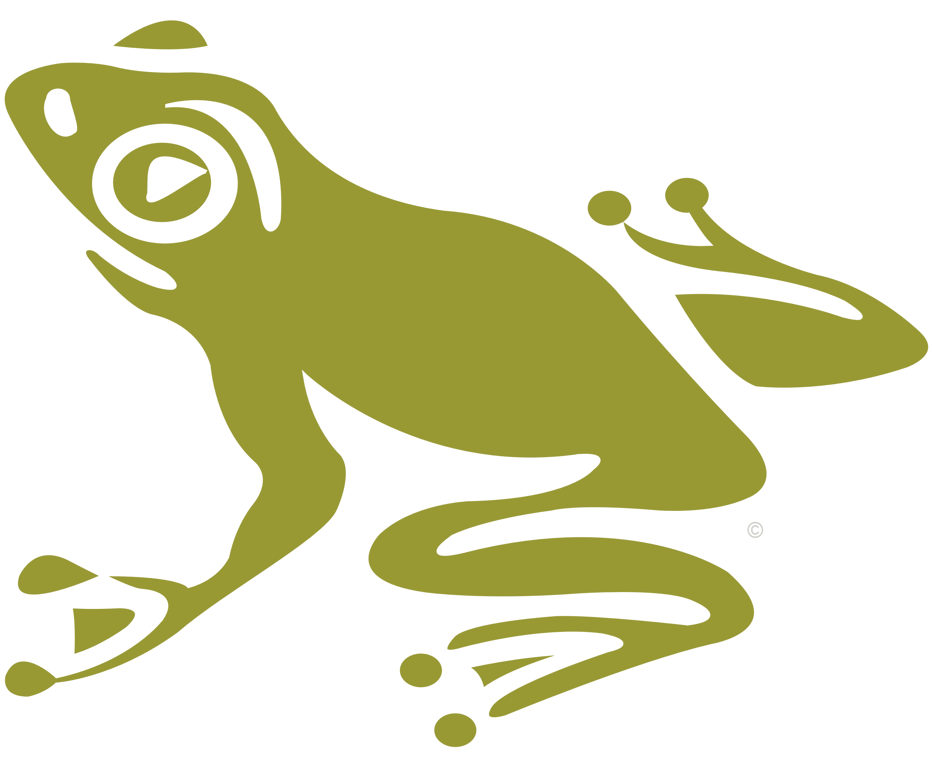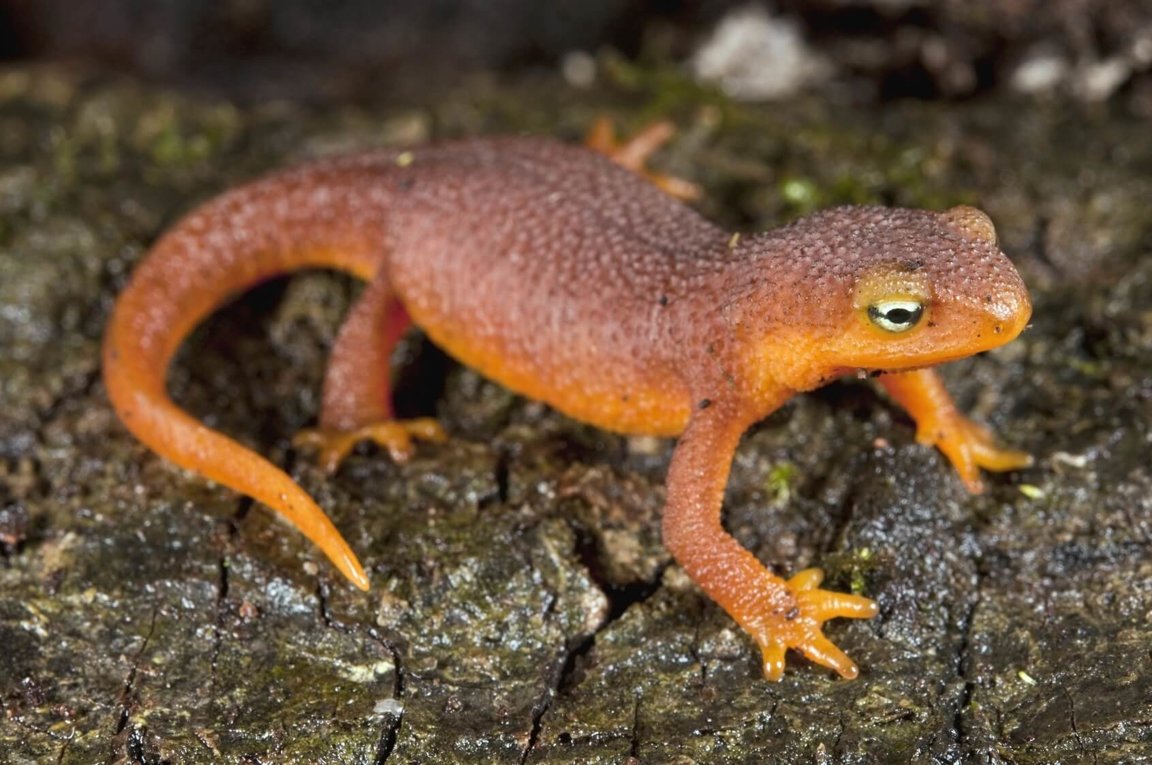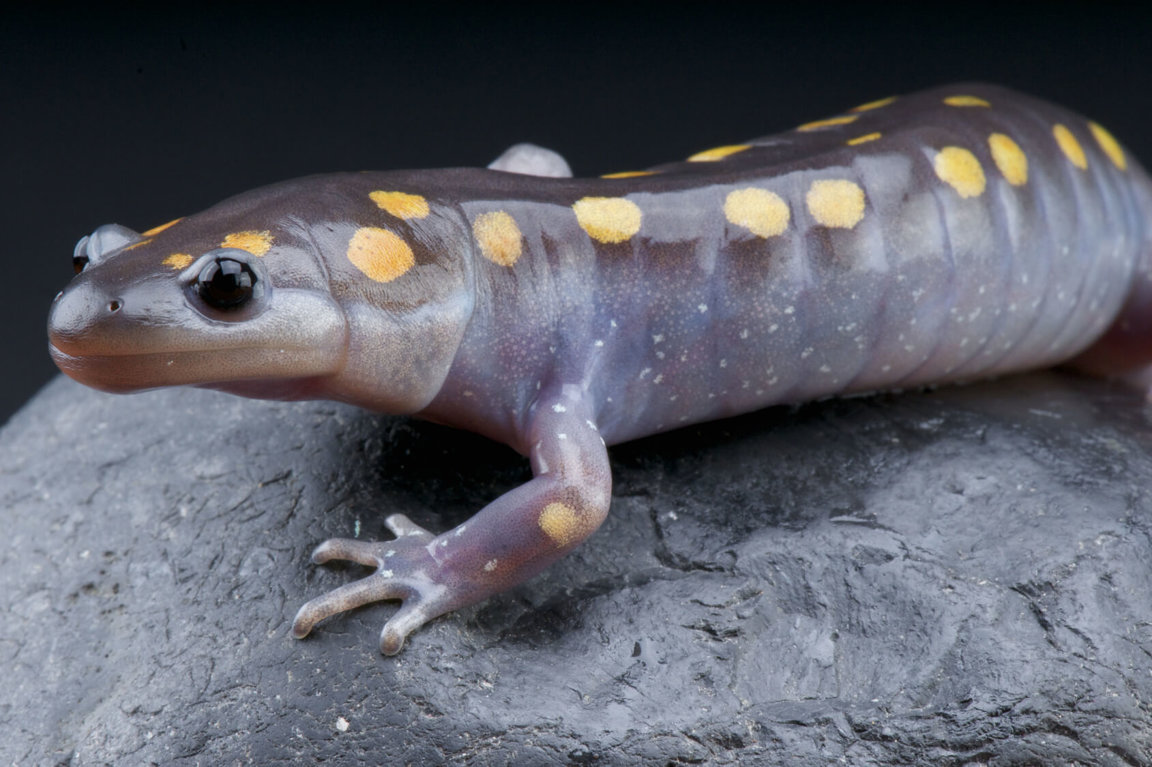Amphibians include frogs, toads, newts, salamanders and caecilians – who resemble earthworms or snakes and hide in the ground, making them the least familiar of amphibians.. Most amphibians eat small animals like insects. Amphibians are divided into 3 major groups; salamanders, frogs and toads.
Baby amphibians hatch from eggs in water, starting off as polliwogs or tadpoles with no limbs and breathing through gills like fish. Some amphibians care for their eggs and babies, while others abandon their eggs in water and offer no care. When amphibian eggs hatch, the babies do not look like their parents. They start off as a larva, then undergo metamorphosis to transform into an adult form. Some amphibians, like toads, the process of going from an egg to a toad may only takes a few weeks. For others, like bullfrogs, the process may take two years.
Cart
Cart is empty.


 Who's Included?
Who's Included? Fascinating Amphibian Facts
Fascinating Amphibian Facts Metamorphosis
Metamorphosis